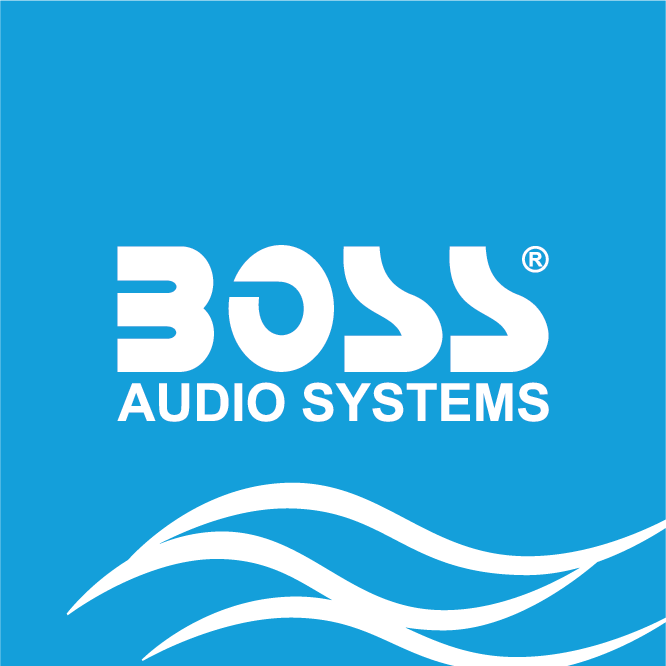CrossFit is a fitness trend that has grown immensely popular over the past decade. With its focus on high-intensity, varied workouts and community-driven culture, it has captivated the hearts of many fitness enthusiasts around the world. But is CrossFit the right fitness choice for everyone? This is an important question, as not all exercise programs are suitable for every individual. Whether you’re a beginner to fitness, an experienced athlete, or someone looking for a change, this guide will help you weigh the pros and cons of CrossFit to determine if it’s the right fit for you.
1. What Is CrossFit?
CrossFit is a high-intensity fitness program that combines elements of weightlifting, gymnastics, and cardiovascular training. Developed in the early 2000s by Greg Glassman, CrossFit is designed to build strength, endurance, flexibility, and overall fitness. The workouts, known as WODs (Workout of the Day), vary daily and can include anything from deadlifts and box jumps to pull-ups and rowing.
CrossFit gyms, also called “boxes,” foster a unique culture that emphasizes community, accountability, and encouragement. The workouts are typically done in a group setting, with participants pushing each other to complete challenging routines and achieve personal bests.
2. The Benefits of CrossFit
There are several benefits that CrossFit can offer, making it a popular choice for individuals looking to improve their fitness.
- Community and Support: One of the biggest draws of CrossFit is its community-driven environment. CrossFit boxes emphasize camaraderie and teamwork, which can make a big difference in motivation and accountability. If you thrive in a group setting and enjoy having support from like-minded individuals, CrossFit’s community atmosphere could be highly beneficial for you.
- Scalable Workouts: CrossFit workouts are designed to be scalable, meaning they can be adjusted to suit all fitness levels. Whether you’re a seasoned athlete or a complete beginner, the exercises can be modified based on your abilities and limitations. This scalability makes CrossFit an accessible option for people of different fitness backgrounds.
- Variety and Adaptability: CrossFit’s varied workouts are perfect for those who dislike repetitive routines. The WODs change daily, which helps keep things exciting and prevents boredom. The diversity of the workouts also ensures that different muscle groups are targeted, leading to well-rounded fitness development.
- Functional Fitness: CrossFit focuses on functional movements, meaning that the exercises mimic actions you perform in everyday life. This type of training helps improve your overall strength and mobility, making daily tasks like lifting, carrying, and bending easier and less prone to injury.
- High-Intensity Workouts: CrossFit workouts are typically short but intense, often lasting between 15 to 30 minutes. These high-intensity sessions can help boost cardiovascular health, improve metabolism, and burn calories efficiently.
3. Potential Downsides of CrossFit
While CrossFit has many benefits, it’s important to be aware of the potential downsides before diving in.
- Risk of Injury: One of the main criticisms of CrossFit is the risk of injury. The high-intensity nature of the workouts, combined with complex movements like Olympic lifts, can lead to injury if not performed with proper form. For beginners, it is crucial to learn the correct techniques and progress gradually to avoid overexertion or strain.
- Intensity May Not Be for Everyone: CrossFit is known for its intense workouts that push participants to their limits. While this can be highly motivating for some, it can also be intimidating or overwhelming for others. If you’re someone who prefers a slower-paced workout or doesn’t enjoy pushing yourself to your physical limits, CrossFit may not be the best fit for you.
- Cost: CrossFit memberships can be more expensive than traditional gym memberships. The cost of joining a CrossFit box often reflects the specialized coaching, smaller class sizes, and community experience, but it may be a financial burden for some individuals.
- Competition and Pressure: CrossFit encourages competition, both with yourself and with others in your box. While competition can be motivating, it can also lead to feelings of pressure, especially if you’re comparing yourself to more experienced participants. It’s important to stay mindful of your own goals and limitations and avoid pushing yourself too far just to keep up with others.
4. Is CrossFit Right for Beginners?
CrossFit is often portrayed as an intense program best suited for seasoned athletes, but it can also be a good choice for beginners—as long as you approach it with the right mindset. Here are some considerations for beginners interested in CrossFit:
- Start Slow: CrossFit is scalable, meaning that beginners can start with lighter weights, modified movements, and reduced intensity. If you’re new to fitness or haven’t worked out in a long time, it’s important to communicate with your coach and let them know your fitness level. They can help you adjust the workout to meet your needs.
- Focus on Form: Proper form is crucial for preventing injuries, especially when it comes to complex movements like Olympic lifts. Beginners should take the time to learn and master the basic techniques before increasing the weight or intensity. Many CrossFit gyms offer introductory classes to teach newcomers the fundamentals of the movements.
- Listen to Your Body: CrossFit’s group setting can be motivating, but it’s important to remember that everyone is on their own fitness journey. As a beginner, listen to your body and don’t be afraid to take breaks or scale down the workout when needed. It’s better to progress slowly and avoid injuries than to push too hard too soon.
5. CrossFit vs. Traditional Gym Workouts
If you’re trying to decide between CrossFit and a traditional gym membership, it’s important to understand the key differences and what each option offers.
- Structure and Guidance: CrossFit workouts are coach-led and performed in a group setting. If you enjoy structured workouts and prefer having a coach guide you through each session, CrossFit may be a better fit. In contrast, traditional gyms offer more freedom, allowing you to create your own workouts and exercise at your own pace.
- Community: CrossFit emphasizes community, teamwork, and group motivation, which can be appealing if you thrive in social environments. Traditional gyms can feel more solitary, as people tend to work out independently. If you prefer a sense of camaraderie and accountability, CrossFit’s community aspect might be a big advantage.
- Variety: CrossFit’s constantly varied workouts are ideal for people who dislike repetitive routines. Traditional gym workouts, while versatile, often require you to plan your own exercise routines, which can become monotonous without enough creativity or knowledge.
6. How to Prepare for Your First CrossFit Class
If you’ve decided that CrossFit might be right for you, it’s helpful to know how to prepare for your first class. Here are some tips to get started:
- Research the Box: Not all CrossFit gyms are the same. Some have different coaching styles, atmospheres, and focuses. Visit a few boxes in your area, take advantage of free trial classes, and choose one that aligns with your goals and comfort level.
- Bring the Essentials: Wear comfortable workout clothing that allows for a full range of motion. CrossFit often involves weightlifting, running, and jumping, so supportive shoes are important. Bring a water bottle and a towel, as CrossFit workouts can be intense and sweaty.
- Learn the Lingo: CrossFit has its own unique terminology that can be confusing for newcomers. For example, WOD (Workout of the Day), AMRAP (As Many Rounds As Possible), and EMOM (Every Minute On the Minute) are all common terms you’ll hear in a CrossFit box. Familiarizing yourself with the lingo can help you feel more comfortable when you walk in.
7. Listening to Your Body and Avoiding Burnout
CrossFit’s intensity can be both a blessing and a curse. While it’s great for improving fitness quickly, it’s also easy to overdo it if you’re not careful. To avoid burnout and injury, be sure to:
- Rest and Recover: Rest days are crucial for allowing your muscles to recover and grow stronger. Make sure to take at least one or two rest days each week and listen to your body when it needs a break.
- Stay Hydrated and Eat Well: Proper hydration and nutrition are essential for performing well in CrossFit and recovering afterward. Make sure you’re fueling your body with balanced meals that include proteins, healthy fats, and complex carbohydrates.
- Set Realistic Goals: CrossFit can be intense, and it’s important to set realistic goals that align with your fitness level. Focus on gradual progress and celebrate small milestones along the way.
8. CrossFit for Specific Goals
Whether your goal is to lose weight, gain muscle, improve cardiovascular fitness, or enhance overall strength, CrossFit can be tailored to help you achieve it.
- Weight Loss: CrossFit’s high-intensity workouts can help burn calories quickly and boost metabolism, making it a great option for weight loss. The combination of cardio and strength training can lead to both fat loss and muscle gain, giving you a more toned physique.
- Strength Building: CrossFit incorporates Olympic weightlifting and bodyweight exercises, making it highly effective for building strength. Compound movements like deadlifts, squats, and presses work multiple muscle groups, leading to increased overall strength.
- Improved Endurance: CrossFit’s emphasis on both aerobic and anaerobic exercises can improve cardiovascular health and stamina. If your goal is to increase your endurance, the varied cardio elements in CrossFit can help you achieve it.
CrossFit can be a powerful and effective fitness program for the right person. It offers a supportive community, varied and challenging workouts, and scalable exercises that can accommodate different fitness levels. However, the intensity, potential for injury, and competitive atmosphere mean that it may not be suitable for everyone. The key to determining if CrossFit is right for you is to understand your fitness goals, preferences, and limitations, and choose a program that aligns with them.








